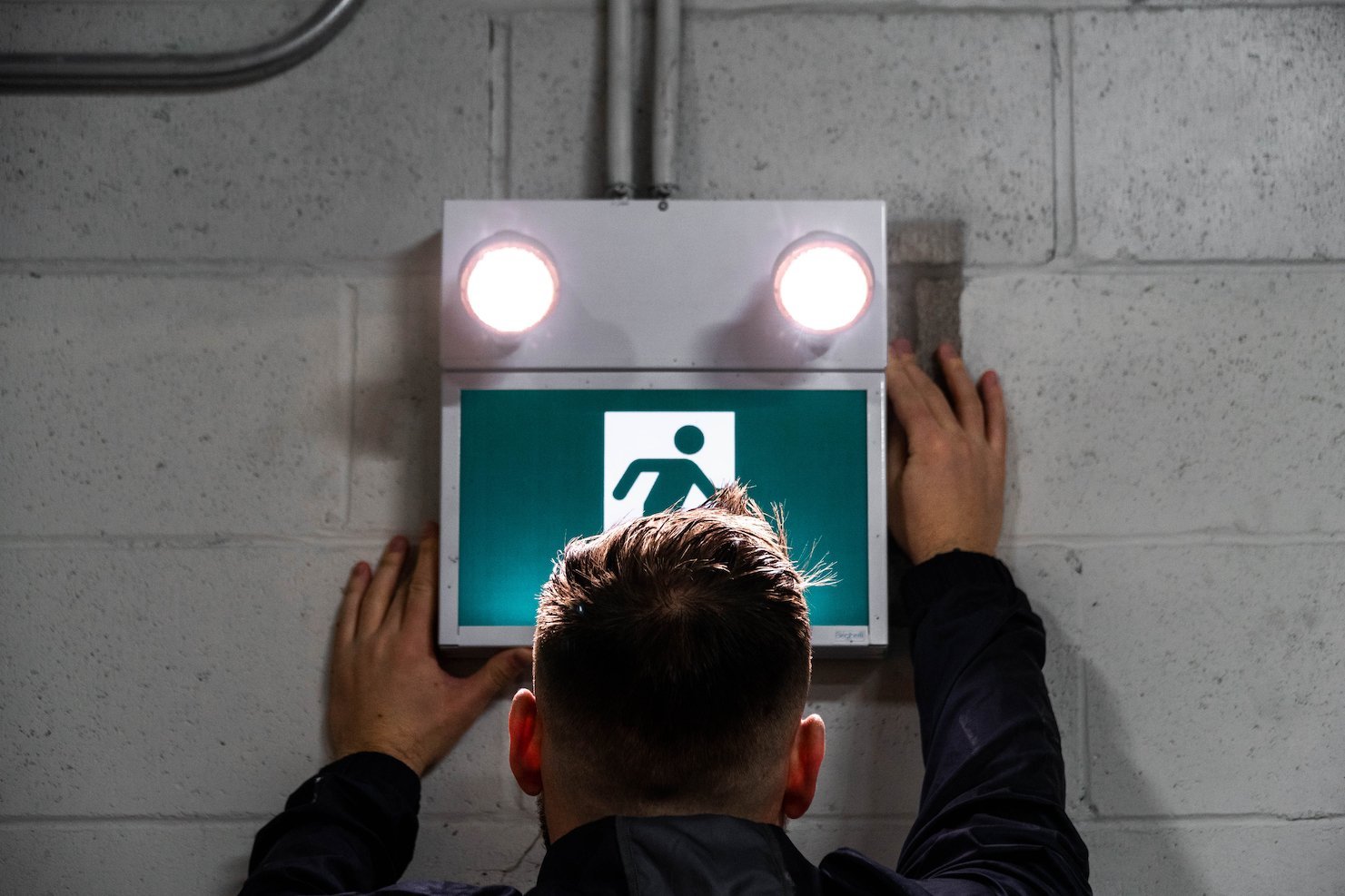Grenfell Tower fire
The Grenfell Tower fire was a devastating tragedy that occurred in London, England on June 14, 2017. The fire engulfed the 24-story residential Grenfell Tower in the North Kensington neighbourhood, killing 72 people and injuring many others. It is considered one of the deadliest fires in the United Kingdom since World War II.
The cause of the fire was determined to be a faulty refrigerator on the fourth floor of the building. The fire quickly spread through the building, aided by the combustible cladding that had been installed during a recent renovation. The cladding, made of aluminium composite material with a polyethene core, was found to have failed safety tests and did not meet fire safety regulations.
The fire started just after midnight, and residents of the building quickly began to evacuate. However, due to a lack of proper fire safety measures in the building, many were trapped inside. The fire alarms did not work properly, and there were no sprinklers or fire escapes in the building. Many residents were forced to jump from their windows to escape the flames, while others were trapped and died from smoke inhalation or burns.
The response from the emergency services was swift, but they were overwhelmed by the scale of the disaster. Firefighters worked tirelessly to rescue those still trapped inside the building, but the fire had spread too quickly, and many were unable to be saved. The fire burned for more than 24 hours before it was fully extinguished.
The Grenfell Tower fire sparked a national conversation about fire safety and the responsibility of those in charge of public housing. It also highlighted the issues of social inequality and the disproportionate impact of disasters on marginalized communities. The majority of those who lived in the Grenfell Tower were low-income individuals and families, many of whom were immigrants or refugees.
In the aftermath of the fire, investigations revealed a lack of proper safety measures in the building, as well as failures in building regulations and oversight. The use of combustible cladding on high-rise buildings was banned, and a public inquiry was launched to investigate the causes of the fire and hold those responsible accountable.
The Grenfell Tower fire was a tragic reminder of the importance of proper safety regulations and the responsibility of those in charge of public housing. It highlighted the inequalities in society and the need for better protections for marginalized communities. The legacy of the Grenfell Tower fire will continue to shape the conversation around fire safety and social justice for years to come.
The Grenfell Tower fire brought to light numerous failures in fire safety measures in the building, which ultimately contributed to the tragic loss of life. One of the most significant issues was the lack of adequate fire protection measures. The tower had no sprinklers or fire suppression systems, and the fire alarms were found to be faulty. Additionally, the building's smoke ventilation system was inadequate, allowing smoke to quickly fill the stairwell and other areas, making it difficult for residents to escape.
Another significant failure was the use of combustible cladding on the exterior of the building. The cladding, which had been installed as part of a recent renovation, was made of aluminium composite material with a polyethene core. This material was found to have failed safety tests and did not meet fire safety regulations. The cladding helped to spread the fire quickly, allowing it to engulf the entire building in a matter of hours.
Another issue was the "stay put" policy that was in place at the time of the fire. This policy instructed residents to remain in their apartments in the event of a fire, as the building was designed to contain any fire to a single unit. However, this policy proved to be ineffective in the face of the Grenfell Tower fire. The fire spread too quickly and was too intense for the policy to be effective. Many residents were left trapped in their apartments, unable to escape the flames and smoke.
The stay-put policy was also compounded by the lack of fire protection measures within the building. Without fire suppression systems or smoke ventilation, residents were left vulnerable to the rapidly spreading fire and smoke. This led to confusion and panic among residents, who were unsure whether to follow the stay-put policy or attempt to escape.
Overall, the Grenfell Tower fire highlighted the need for comprehensive fire safety measures in high-rise buildings, as well as better oversight and regulation of building materials and practices. The tragedy also underscored the importance of listening to the concerns of residents, particularly those from marginalized communities, and ensuring that their safety is always a top priority.
Services We Provide
-

Portable Appliance Testing (PAT Testing)
We provide PAT testing, which is a process of regularly inspecting and testing electrical appliances to ensure their safety for use in various settings.
-

Fire Alarm Service & Maintenance
We provide fire alarm servicing & maintenance in buildings to ensure their proper functioning and prompt detection of any potential fire hazards.
-

Fire Extinguisher Service
Fire extinguisher servicing to ensure that they are in proper working order and capable of effectively extinguishing fires when needed.
-

Emergency Lighting Test & Maintenance
Emergency light testing is the inspection and testing of emergency lighting to ensure that they will be functioning in the event of an emergency.
-

Fire Risk Assessments
We carry out Fire risk assessments to identify potential fire hazards in your building and recommend appropriate measures to minimize the risk of fire.

